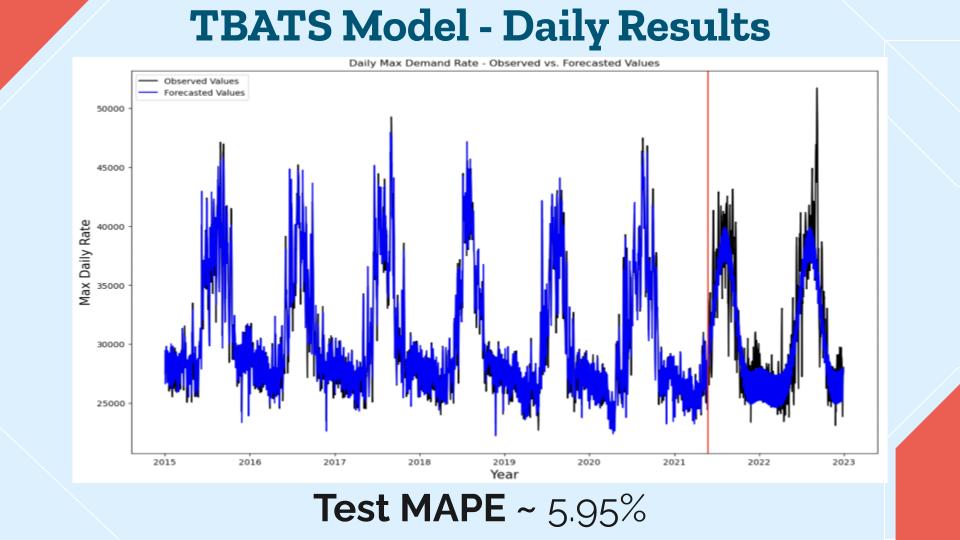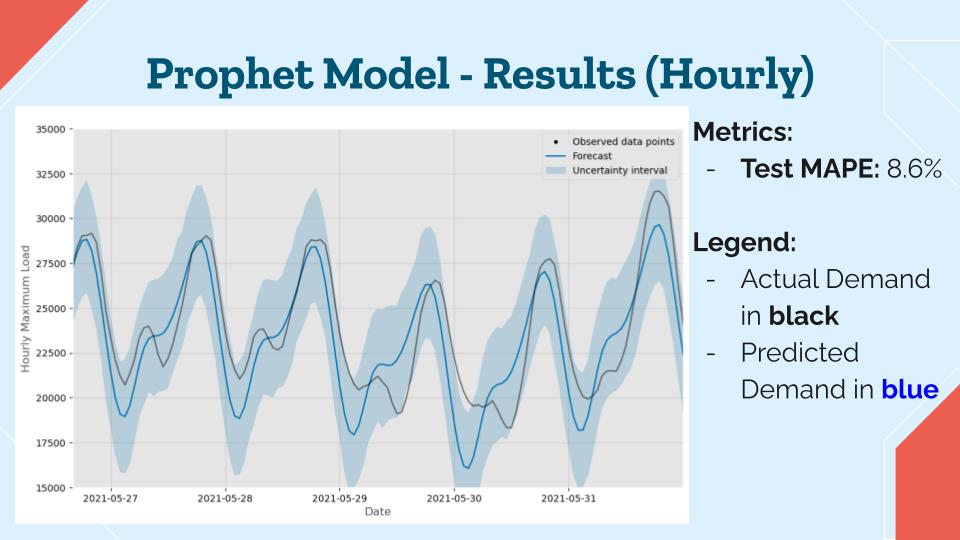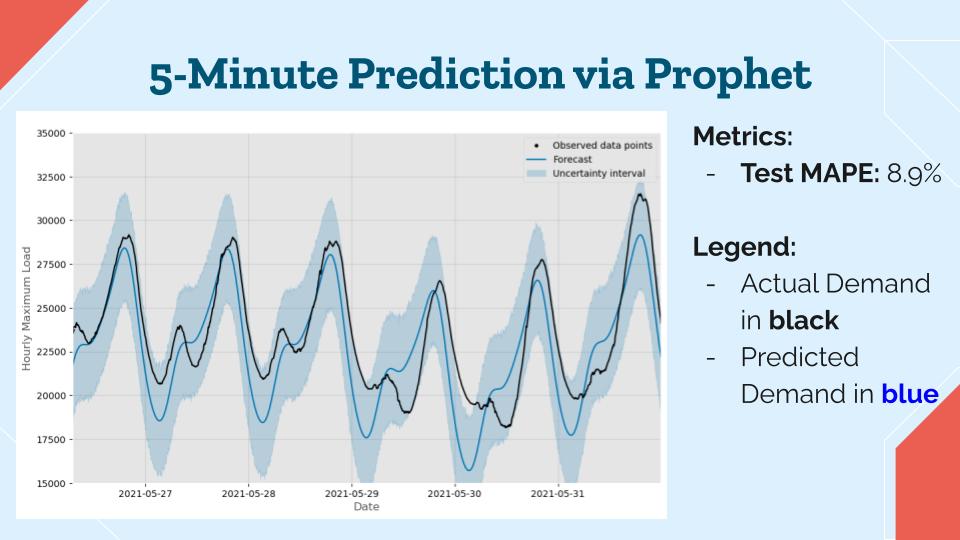Smarter Grids, Greener Planet: Energy Demand Forecasting
Problem & Motivation
The Challenge of Energy Demand Forecasting
Energy demand forecasting is a critical yet challenging task, especially in the face of changing and uncertain conditions. In the United States, this task has become increasingly complex due to factors such as extreme weather events. Our team is dedicated to addressing this evolving problem.
Real-World Impact
Our state has directly experienced the consequences of inadequate forecasting. Recall the incident in 2020 when over 800,000 homes and businesses lost power for durations ranging from 15 minutes to several hours. This was a measure taken to avert a complete grid failure. Additionally, many of us remember receiving an alert last September, urging us to reduce our energy consumption to prevent deliberate blackouts.
A Call for Advanced Forecasting Methods
These instances from our own community exemplify how current forecasting methods and planning can be unexpectedly overwhelmed. As we look to the future, it is evident that traditional approaches may no longer suffice. Our team is committed to developing new strategies and solutions that can better predict and manage energy demands, ensuring a more resilient and efficient power grid.
Data Source & Data Science Approach
Data Sourcing and Granularity
Our project leverages data from the CAISO's Open Access Same-time Information System (OASIS). This platform provides us with detailed insights into electricity demand across the CAISO grid. The data's spatial granularity allows us to comprehensively analyze the entire grid's performance. In terms of temporality, we focus on real-time electricity demand, updated every 5 minutes and measured in megawatts (MW). This level of detail is crucial for accurate forecasting and facilitates effective scale-up of our models.
Data Retrieval Method
We employ a Restful-API for data retrieval. This method supports our need for real-time prediction and ensures that the latest data is always at our fingertips, a key component in responsive and accurate energy demand forecasting.
Modeling Approach
- Baseline Time Series Model: SARIMA
- Why SARIMA?
- It incorporates domain knowledge that electricity demand follows a seasonal pattern.
- Its simplicity aids in generalizing forecasts to future time periods.
- The model's interpretability helps us understand the source of our projections.
- Why SARIMA?
- Advanced Models: TBATS and Prophet
- Combination for Enhanced Accuracy: For our final model, we combine the strengths of TBATS and Prophet models to achieve a more nuanced understanding of energy demand.
Model Outputs and Their Applications
- SARIMA: Projects maximum consumption per day, aiding in electricity market management.
- TBATS: Forecasts maximum consumption per hour and day, crucial for electricity resource management.
- Prophet: Provides detailed consumption predictions per 5 minutes, essential for real-time control room grid monitoring.
Implications for Stakeholders
Our approach is designed to aid stakeholders in various aspects of energy management. From high-level electricity market management to detailed real-time control room operations, our models provide essential insights for efficient and effective energy demand forecasting and grid management.
Evaluation
Key Learnings & Impact
Our Legacy? Building robust grid resilience through predictive energy demand modeling, all while putting environmental stewardship at the forefront.
By harnessing data-driven insights and approaches, we strive to give a glimpse into a new era of resilient energy management, paving the way for a future where power grids seamlessly anticipate and respond to the evolving demands of our dynamic world.














